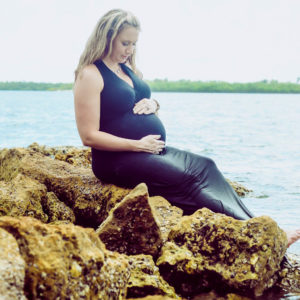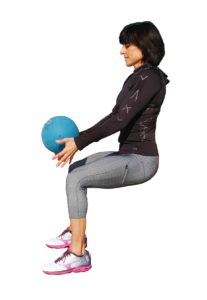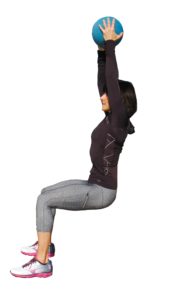
Dinner is in the oven and will be ready in an hour. It’s just enough time to share this healthy and delicious recipe with you. Divers looking for smaller portions or less calories than the traditional turkey dinner will love my Cornish Hens with White Wine Lime Glaze. I always serve the birds stuffed with wild rice and a fresh salad. This year I’ve added butternut squash and steamed broccoli. This feast has “zero” butter. Olive oil, seasonings and herbs make this meal a bountiful feast without the sluggish full feeling and excess calories. It even includes dessert. After all, it is a celebration. Enjoy!
Make the rice first. Put a tablespoon of olive oil in a medium sauce pan and turn the heat on low. Add your favorite seasonings. When using a boxed rice, I include the seasoning packet that came with it and always add my own. Add the rice to the oil and seasoning mixture and, as if making pilaf, toss the dry rice in the seasoning and olive oil until it is slightly brown and creates an aroma of the seasonings. Turn the heat to high and add the water appropriate to the amount of rice. This recipe is for two hens and I made about three cups of rice. When the water begins to boil let it roll for about five minutes. Then turn the heat down to low, cover the pan with a lid and let it simmer about 20 minutes. While the rice is cooking prepare the Cornish hens and vegetables.
Find fresh hens if possible. If frozen, thaw in the refrigerator at least 24 hours in advance. Wash hens and set aside to drain. Cover a baking sheet or broiler pan with foil for easy clean up. Place the hens on the baking sheet. I’ve also cooked the hens on a stone and they turn out well. This is a good time to preheat the oven to 325 degrees.
Next make the White Wine Lime Glaze. For two hens I use ¼ cup of the white wine using the wine I’m pairing with the meal, ¼ cup of honey, the juice from one lime, poultry seasoning and a pinch of sea salt or Himalayan pink salt. This year my wine selection is Sea Siren, a 2017 Pinot Grigio from Livermore, California. My favorite poultry seasoning is Bell’s. Mix ingredients in a jar with a lid and give it a good shake. Use a basting brush and spread the glaze liberally on both the inside and outside of the hens. Set aside the remaining glaze for basting several times while cooking.
When the rice is fully cooked add ½ cup of finely diced celery or ¼ cup each of celery and onion. Fill the hens with a firm pack of rice. It will expand a bit while in the oven and make a nice mound near the tiny legs of the birds. A beautiful presentation. Place the hens in the oven for 90 minutes. A typical one-pound unstuffed hen will cook in about 60 minutes. Baste several times while cooking. Glean drippings from the birds and mix with glaze to create a beautiful brown skin.
While the rice is cooking there is also enough time to prepare the squash. Put the butternut squash in the oven at the same time as the hens with the same baking time of about 90 minutes. Wash and cut the squash in half and remove the seeds. Place squash on a foil covered baking sheet flesh side up to start. I like to cover the squash with a sprinkle of pepper, allspice, cinnamon, a pinch of salt and a pinch of turmeric. Generously drizzle the squash with olive oil, flesh side up and then turn it flesh down and bake. About five minutes before removing from the oven (right after removing the hens from the oven) turn the squash back to flesh side up and broil. It is finished with a rich brown spice layer that mixes into the squash when it is removed from the shell. It pulls easily with a fork.
While the hens and squash are baking make the salad. Whatever you like. My choice was red leaf lettuce with goat cheese crumbles, walnuts, dried cranberries and fresh raspberries with raspberry vinaigrette dressing. While one veggie is enough for some; a feast is a feast! I added broccoli steamed al dente. Vegetarian divers might enjoy the Sweet Potato Stuffed Portobello Mushroom I made a few years ago.
After dinner we go for a walk and a few hours later enjoy a light dessert. This year Key Lime pie is the perfect choice. Portions per person are ½ Cornish hen, one cup rice, ½ cup squash, one large broccoli spear, two cups of salad and a small slice of pie.
Happy Thanksgiving!






